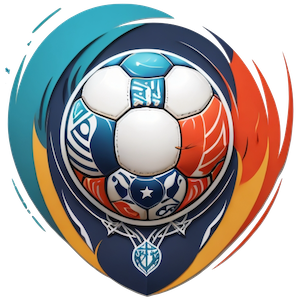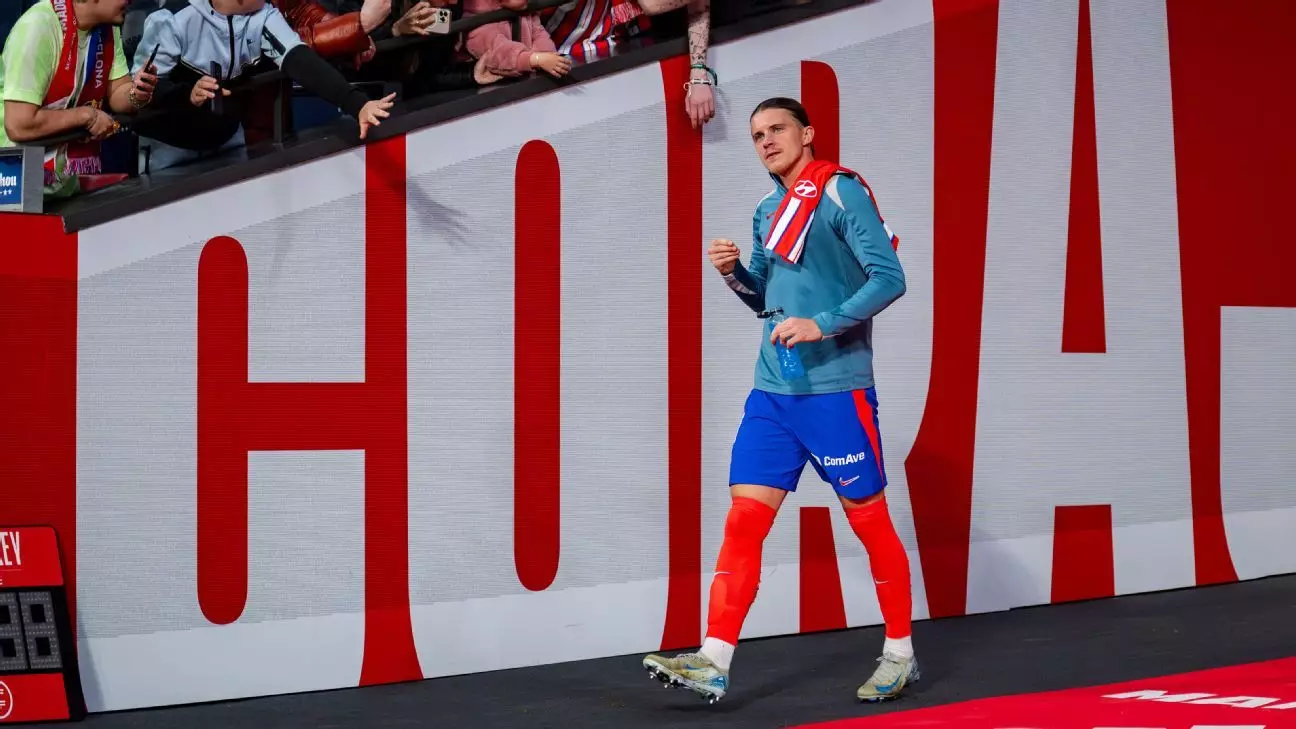Conor Gallagher has embarked on an extraordinary journey, transitioning from the English Premier League to LaLiga with Atlético Madrid. His move, facilitated by Chelsea’s decision to deem him surplus to requirements, was not just a career shift; it represented a leap into a different footballing ethos under Diego Simeone’s strategic vision. This unique environment challenges Gallagher’s adaptability, pushing him to explore various roles in midfield, and all signs suggest that he is embracing this opportunity to evolve as a player.
Embodying Youth and Intensity
Simeone’s description of Gallagher encapsulates the essence of what makes him an exciting player. The young midfielder is not only vigorous and tenacious but also possesses an excellent striking ability that can destabilize defenses. Simeone has astutely recognized Gallagher’s potential to influence games by stepping into defensive roles and making significant contributions in pressing situations. What sets Gallagher apart is his youthful exuberance which can invigorate a side that, at times, has shown signs of stagnation. His willingness to adapt and perform in positions that may not be his forte speaks volumes about his character and determination.
Challenges of Adaptation
However, Atlético Madrid’s adjustment period is not without its challenges. Transitioning from the high-intensity English game to the nuanced style of LaLiga is a formidable task, often fraught with language barriers and different tactical approaches. Yet, Gallagher has managed to carve out a niche for himself, showcasing resilience in tackling these obstacles. This adaptability is crucial; players who flourish are often those who can pivot their style and mindset according to their surroundings. That being said, it is essential to continue developing this flexibility, as it will ultimately be what distinguishes Gallagher in the eyes of his coach and fans alike.
Molina’s Persistence and the Team’s Shortcomings
In stark contrast to Gallagher’s promising integration is the performance of Argentine full-back Nahuel Molina, who has been under scrutiny from Simeone for not meeting expectations. Simeone’s candid acknowledgment of Molina’s struggles, describing him as a person first and foremost, highlights the human aspect of the game often overlooked by fans and commentators. It is a reminder that even top-tier athletes can experience fluctuations in form. Molina’s speed and attacking options are undeniable assets to the squad, yet the inconsistency is troubling. As a unit, Atlético Madrid needs all hands on deck, and it brings to light the balancing act of nurturing talent while demanding excellence.
The Ongoing Quest for Domination
Despite their challenges, Atlético’s historical pedigree dictates that they must contend for titles. Sitting third in the league, trailing Barcelona significantly, and facing early exits from prestigious tournaments, the pressure is mounting. Simeone’s hunger for regular competition reflects a deeper understanding of the need for rhythm in performance. Training alone can never replicate the intensity of match-fitness and momentum developed through competition. This pressing desire to reclaim their status in both domestic and European events underscores the urgency within the club.
In essence, while Gallagher’s integration represents a hopeful chapter for Atlético, it reflects broader themes of adaptation, pressure, and the relentless pursuit of excellence in football. The narrative is unfolding, and both player and club are at a critical juncture that could redefine their futures.

